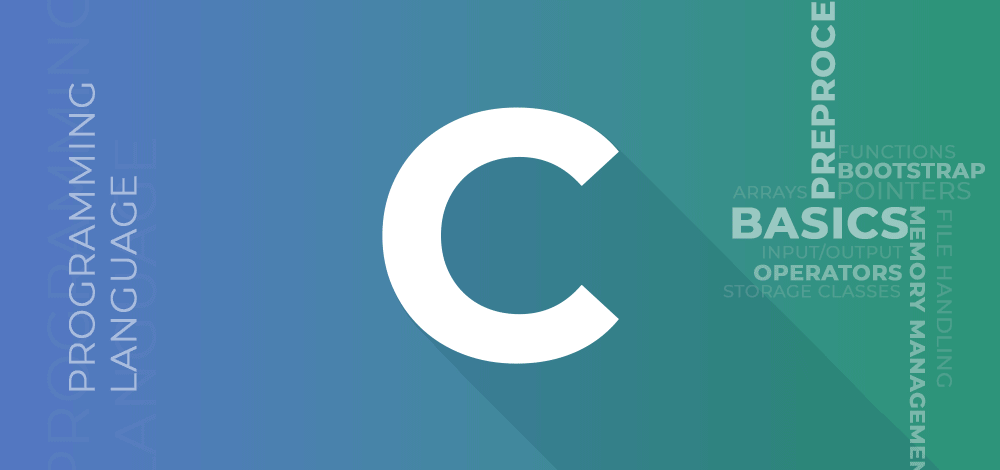The distinction between traditional C and modern C mainly lies in the evolution of the language, with modern C encompassing various improvements, features, and best practices that have been introduced since the creation of the language. Here are some key differences:
1. **Standardization:**
- **Traditional C:** Traditional C refers to the early versions of the C language, primarily based on the original K&R C (pre-ANSI C). These versions lacked standardized libraries and some features found in modern C.
- **Modern C:** Modern C typically refers to the language as standardized by the ANSI C standard (C89) and its subsequent versions, including C99, C11, and beyond. Modern C adheres to these standards and benefits from their enhancements and clarifications.
2. **Standard Libraries:**
- **Traditional C:** Early versions of C had limited standard libraries, which varied between different compilers and platforms. Programmers often relied on platform-specific libraries or wrote their own.
- **Modern C:** Modern C includes a comprehensive and standardized Standard Library (e.g., libc), which provides a wide range of functions for tasks like I/O, string manipulation, memory management, and more. This promotes portability and consistency across platforms.
3. **Memory Management:**
- **Traditional C:** In traditional C, memory management was largely left to the programmer. It didn't provide explicit memory management functions like `malloc()` and `free()`, which are essential for dynamic memory allocation.
- **Modern C:** Modern C includes explicit memory management functions like `malloc()`, `calloc()`, `realloc()`, and `free()`, making it safer and more predictable when working with dynamic memory. Additionally, modern C encourages the use of safer memory management practices, such as avoiding buffer overflows.
4. **Type Safety:**
- **Traditional C:** Traditional C was less strict about type safety, allowing implicit type conversions and promoting potentially error-prone practices.
- **Modern C:** Modern C introduces stricter type checking and better type safety, reducing the likelihood of certain types of errors. For example, C99 introduced the `restrict` keyword for pointer aliasing optimization.
5. **Language Features:**
- **Traditional C:** Traditional C lacked some modern language features like inline functions, variable-length arrays (VLAs), and complex numbers.
- **Modern C:** Modern C includes these features, allowing for more expressive and efficient code. For example, C99 introduced inline functions, which help optimize code execution.
6. **Coding Conventions:**
- **Traditional C:** Traditional C code often followed older coding conventions and styles. The use of more modern conventions like `//` for single-line comments was limited.
- **Modern C:** Modern C adheres to contemporary coding conventions, including the use of `//` for comments and standardized indentation styles like Allman or K&R.
7. **Compatibility:**
- **Traditional C:** Code written in traditional C may not be fully compatible with modern C compilers and may require modifications to adhere to modern standards.
- **Modern C:** Modern C code is more likely to be portable across modern compilers and platforms.
8. **Compiler Support:**
- **Traditional C:** Some older compilers may not fully support modern C standards, limiting the use of modern features.
- **Modern C:** Modern C compilers are designed to support the latest standards and features, making it easier to adopt modern practices.
In summary, modern C encompasses the standardization, libraries, and best practices that have evolved since the early days of the language. While traditional C code may still be functional, modern C promotes safer and more efficient programming practices while offering greater portability and compatibility with contemporary compilers.

